Research lead by a team from the University of Canterbury, New Zealand has found that commonly used herbicides, including the world’s most used herbicide Roundup, can cause bacteria to become resistant to antibiotics.
Find the Full Paper Here: http://mbio.asm.org/
Authors
Brigitta Kurenbach, Delphine Marjoshi, Carlos F. Amábile-Cuevas, Gayle C. Ferguson, William Godsoe , Paddy Gibson, Jack A. Heinemann
Abstract
Biocides, such as herbicides, are routinely tested for toxicity but not for sublethal effects on microbes. Many biocides are known to induce an adaptive multiple-antibiotic resistance phenotype. This can be due to either an increase in the expression of efflux pumps, a reduced synthesis of outer membrane porins, or both. Exposures of Escherichia coli and Salmonella enterica serovar Typhimurium to commercial formulations of three herbicides—dicamba (Kamba), 2,4-dichlorophenoxyacetic acid (2,4-D), and glyphosate (Roundup)—were found to induce a changed response to antibiotics. Killing curves in the presence and absence of sublethal herbicide concentrations showed that the directions and the magnitudes of responses varied by herbicide, antibiotic, and species. When induced, MICs of antibiotics of five different classes changed up to 6-fold. In some cases the MIC increased, and in others it decreased. Herbicide concentrations needed to invoke the maximal response were above current food maximum residue levels but within application levels for all herbicides. Compounds that could cause induction had additive effects in combination. The role of soxS, an inducer of the AcrAB efflux pump, was tested in β-galactosidase assays with soxS-lacZ fusion strains of E. coli. Dicamba was a moderate inducer of the sox regulon. Growth assays with Phe-Arg β-naphtylamide (PAβN), an efflux pump inhibitor, confirmed a significant role of efflux in the increased tolerance of E. coli to chloramphenicol in the presence of dicamba and to kanamycin in the presence of glyphosate. Pathways of exposure with relevance to the health of humans, domestic animals, and critical insects are discussed.





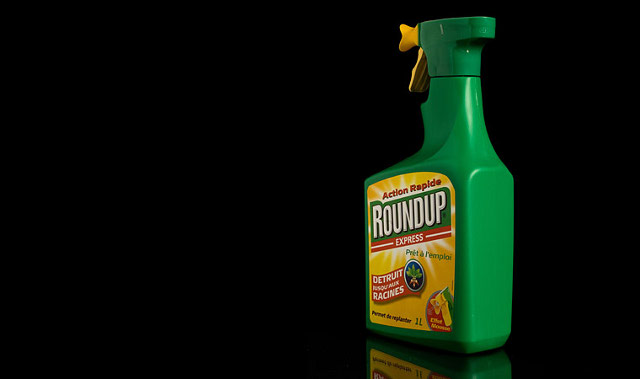
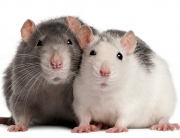








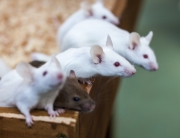


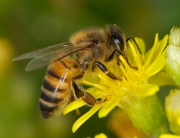




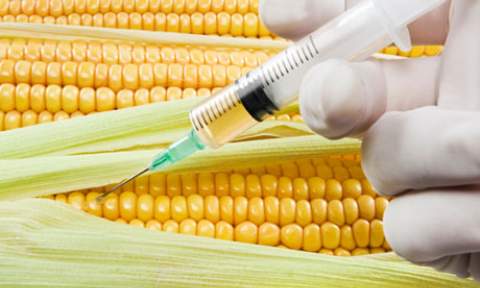

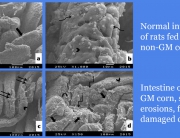
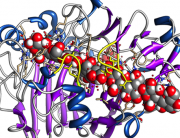



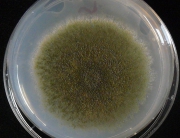
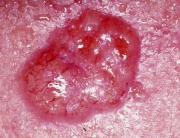

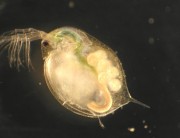

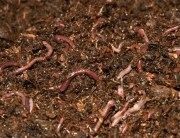
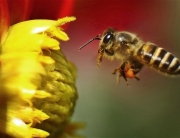

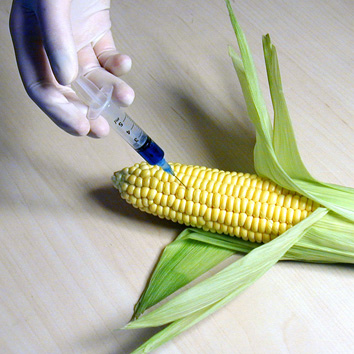


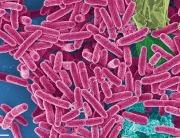
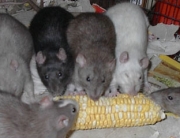



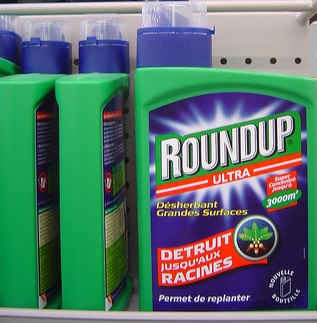
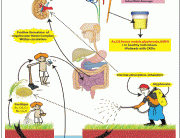

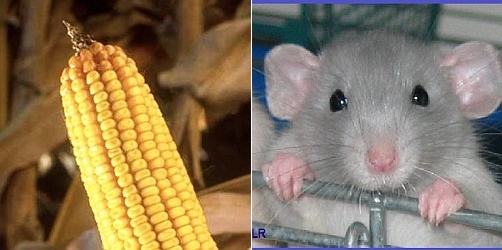

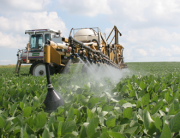

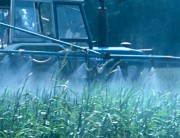
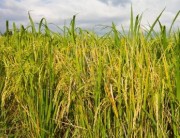
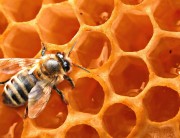
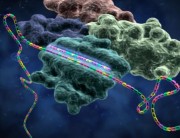


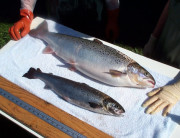
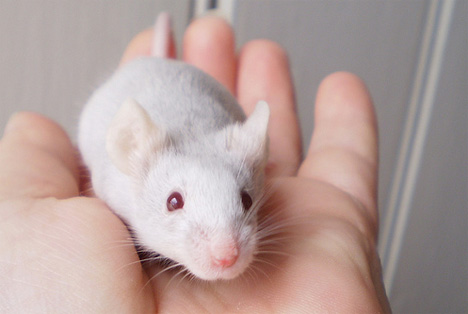
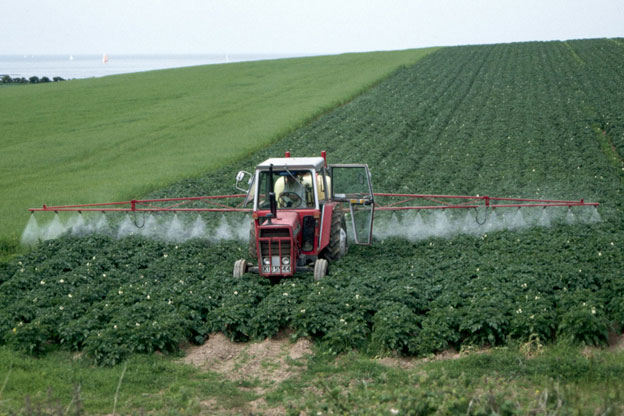

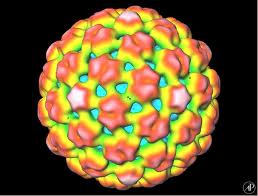
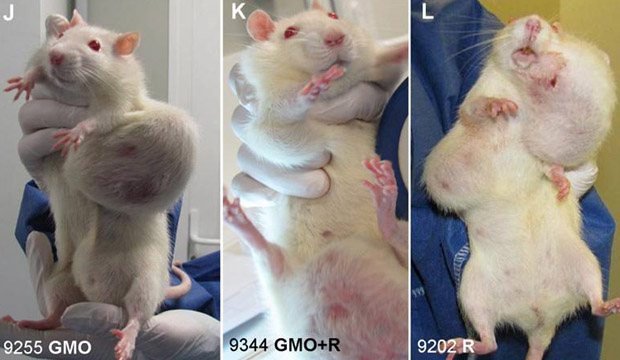
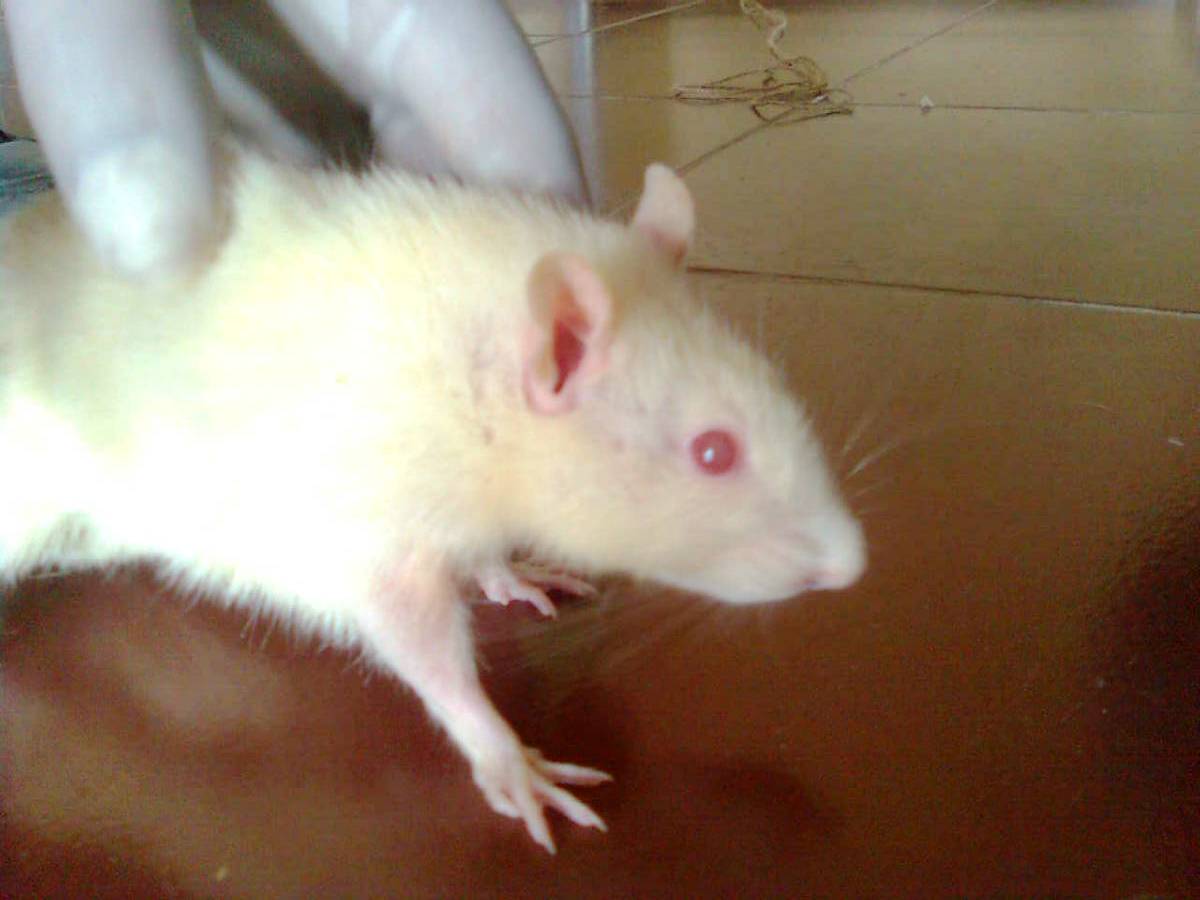

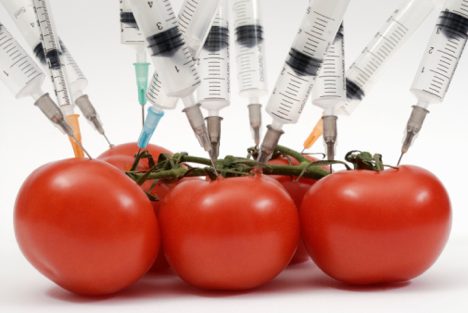
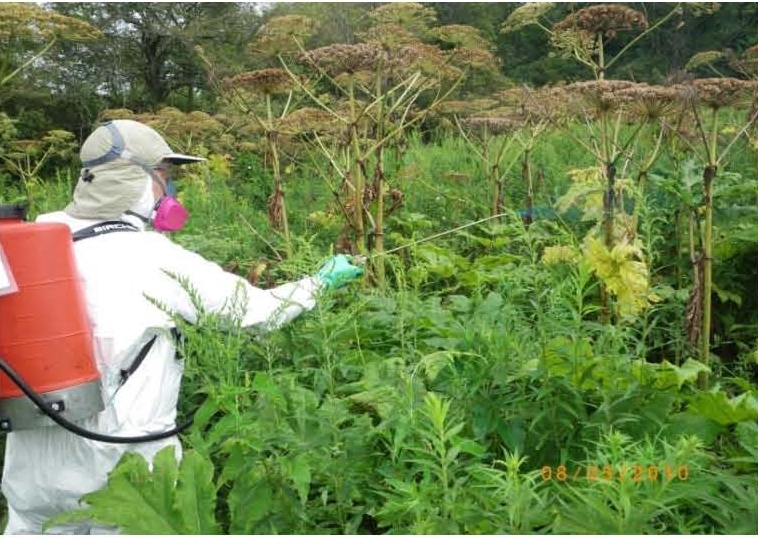


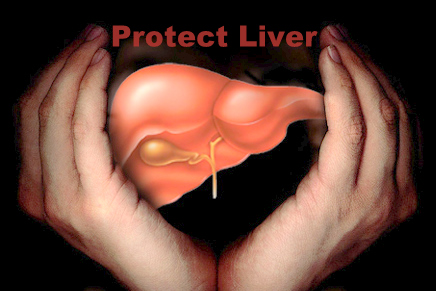
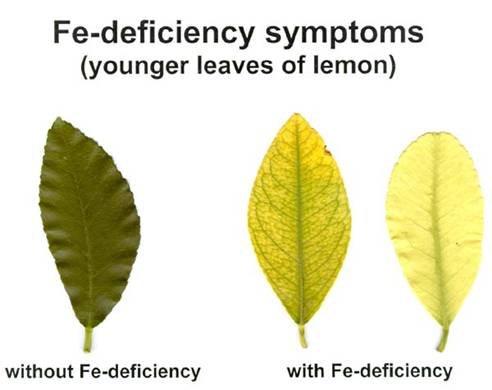
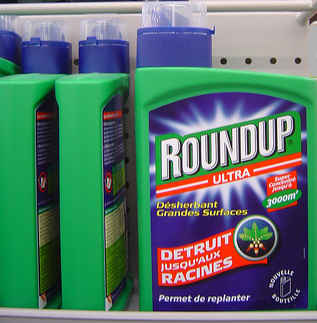
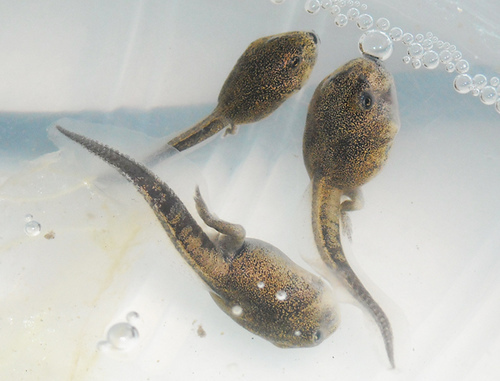
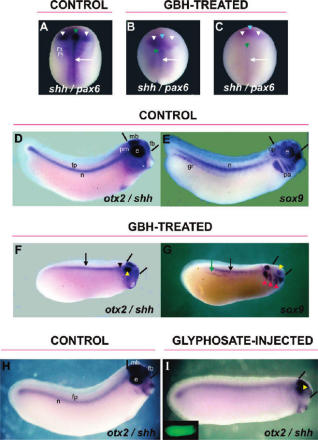



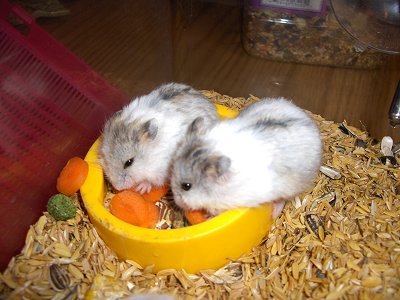
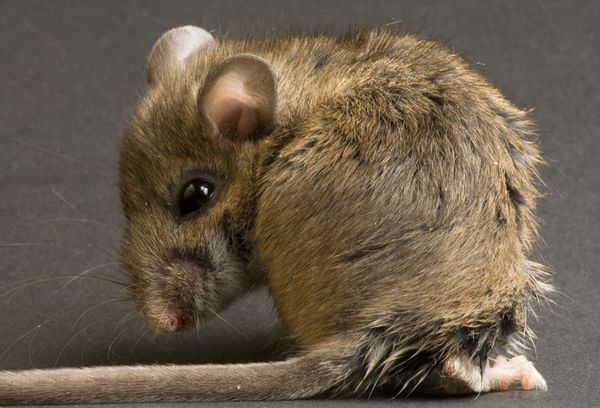
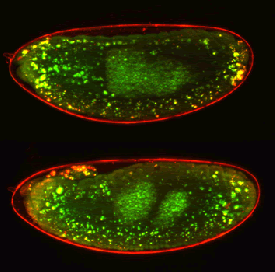
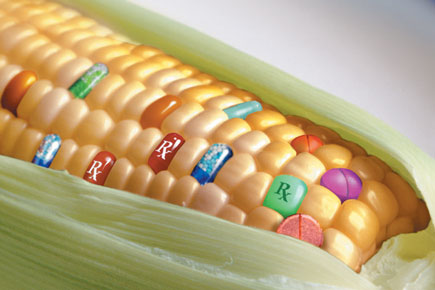
What you guys fail to understand is that this was the plan all along. Businessmen founded the American Medical Association, founded the medical schools and put one of their cronies on the board to guide the curriculum. They knew they couldn’t patent natural remedies and nutrition.
Do you know how much nutrition doctors get? Almost zero! That is because the elite, corporate fascists know that the only thing that can cure disease is nutrition. When you give the body what it needs to heal, it will. Google Max Gerson. He is mysteriously dead now. Just like anyone who tries to inspire change or dream.
The systematic poisoning of the American people is moving along with break-neck speed and they have you so distracted by sports, fake news, social media and false shootings, you don’t care. Not that they are gonna tell you that you are polluted.
Ninety percent of the media in this country is owned by 5-6 corporations. They control almost everything American’s see and hear. They want you scared. They want you distracted, they want you programmed by fake news stories and hanging on every word. Notice how they creating an atmosphere of fear? Fear your gay neighbor, fear your Muslim neighbor, fear the police, fear ebola, fear Zika (google how Zika is really a birth defect that was caused by polluting the Brazilian water with larvicide)and fear anything not like you. They know that distracted, fearful, paranoid citizens are easier to control. Please wake up now! It is all a bad dream. But, it is not. The minute they wheeled that TV in front of us all, the division and distraction began. We are losing our liberties at an alarming rate, yet they tell us that Bruce Jenner made man of the year? What about the TPP? What about the chemicals they are spraying in the sky?
Yes! Chemtrails are real. Doubt me? I have marched with a past-presidential candidate for the Green Party over this issue. Where have all the thunder and lightning gone? What are all those lines in the sky? Clouds don’t criss-cross. Don’t tell me those are contrails. Did planes change since I was young? No! Wake up America.
Polluted organisms malfunction; polluted by chemically-laden foods, Fluoridated water, bad pharmaceuticals, geoengineering. The diseases on the rise are not infectious, they are our bodies malfunctioning. Cancer, Parkinson’s, auto-immune, dementia, autism, IBS; the list goes on and on. The prediction is that 50% of American’s will experience cancer in their lifetime. So…why are we racing for the cure and not asking what is causing all this sickness? Do you realize that Susan G. Komen’s CEOmade almost $600, 000 dollars one year. The money we all raise for cancer research goes straight into Bigpharmas wallet. They are laughing at us all the way to the bank.
I have been a Nurse for twenty years. I have worked in many major cities in almost every department of the hospital. We are getting sicker and sicker evey year and nobody is asking the right questions. Look around! What two industries are thriving? The health-care industry and big banks. Get the picture?
The FDA, CDC and EPA and US government have gone rogue. NOBODY has our backs. Google CDC corruption, Dr Hooker, Dr Thompson vaccine fraud. Google who heads the FDA now and the ties he has to big pharma. Google the revolving door of the FDA.
The American people have been sold out. At this point, any intelligent person with half a brain has to acknowledge the fact that we are a resource. We are worth more sick than well, and they know it.
We better wise up and speak up. We should all pray this insanity ends. Please continue this discussion. Talk to your doctor, your lawyer, your neighbor and your children. Speak up and DO NOT CONSENT to this insanity any longer. It starts with you. You may be only one voice, but we can quickly become many.
AwakeNancyRN